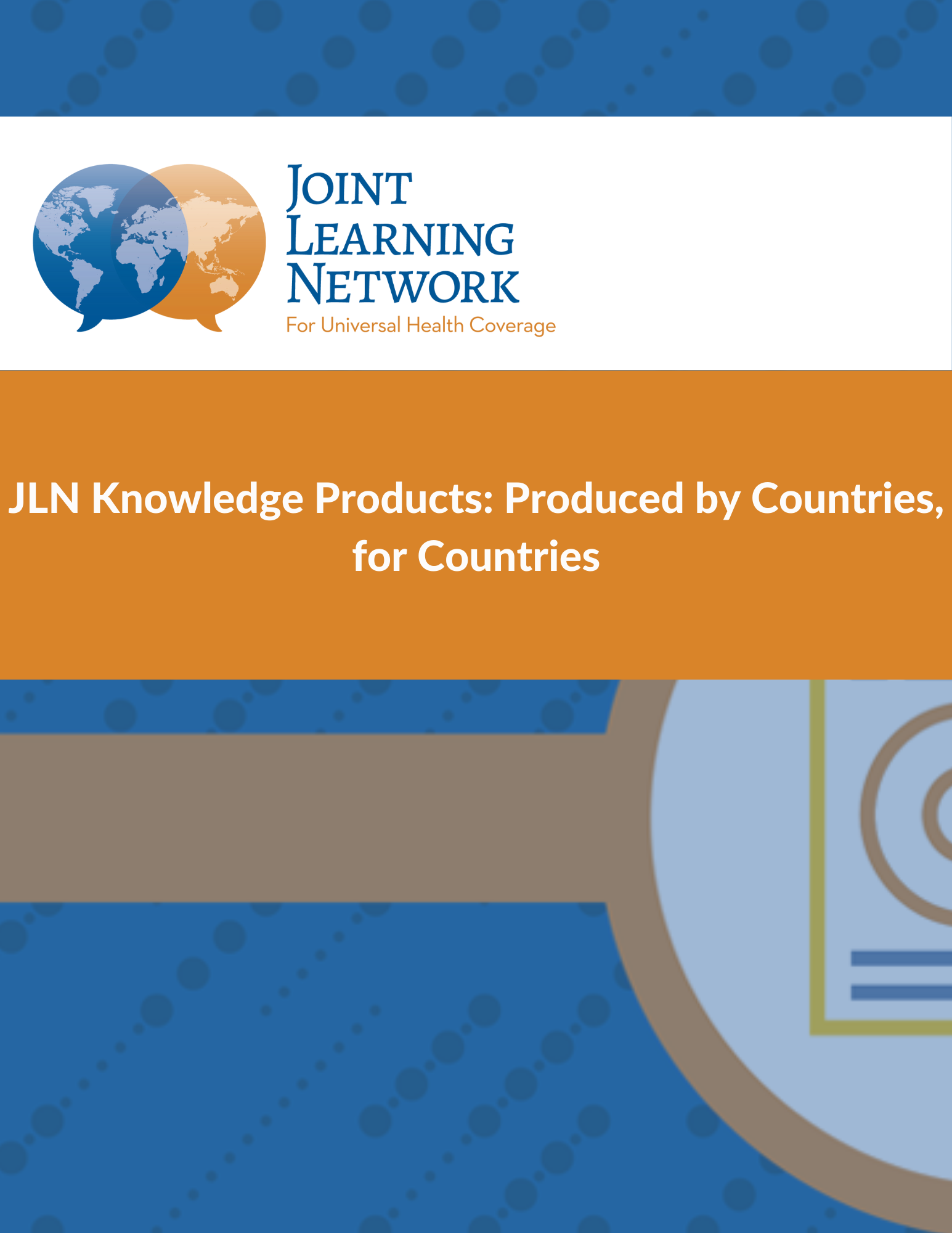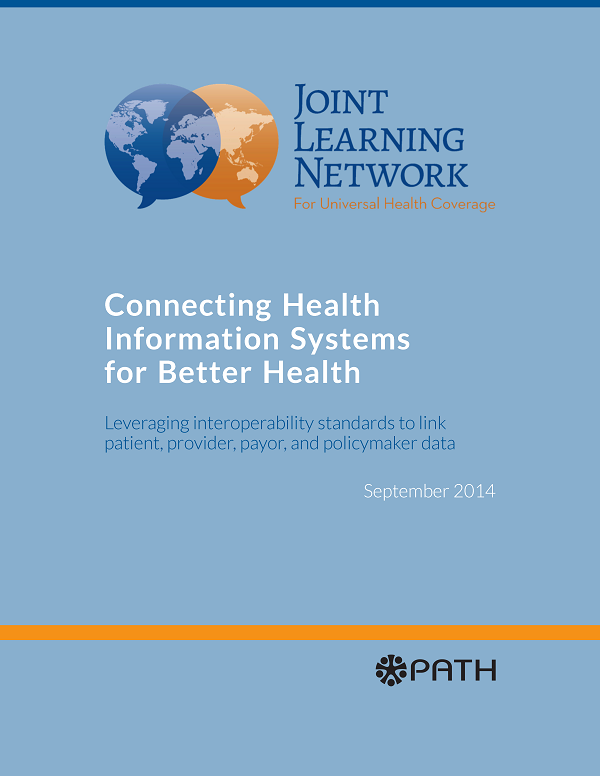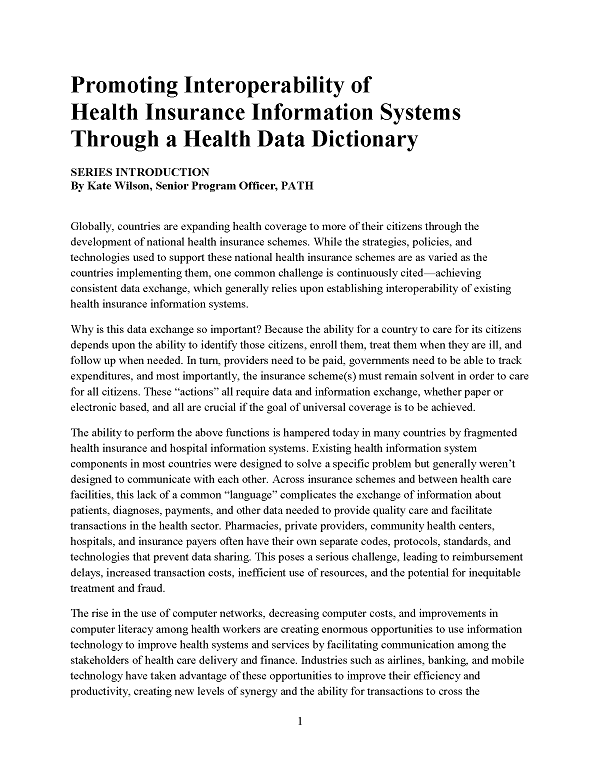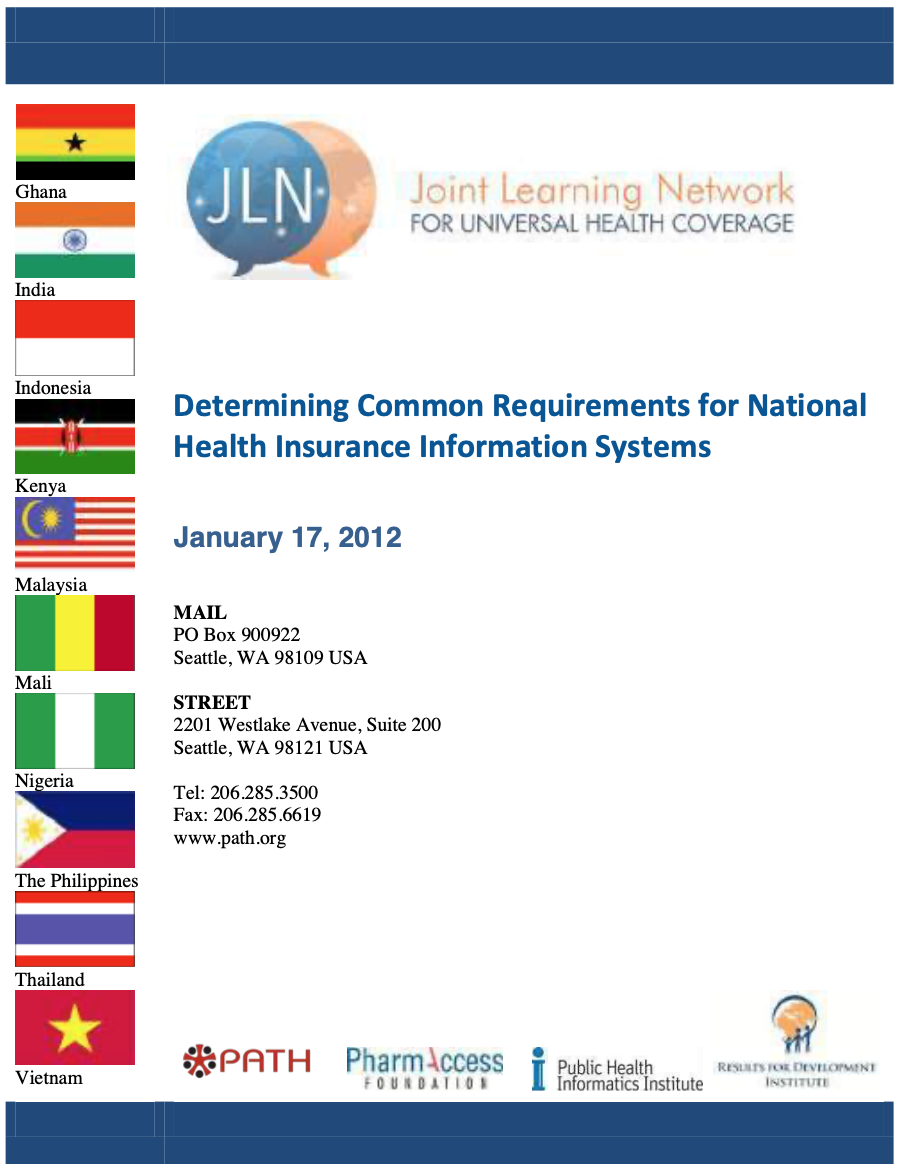
JLN Knowledge Products: Produced by Countries, for Countries
This KP brochure presents a list and brief of the JLN Knowledge products produced by countries for countries.

This KP brochure presents a list and brief of the JLN Knowledge products produced by countries for countries.
Table of Contents Click on a letter, below, to skip to that section. A B C D E F G H I J K L M N O P Q R S T U V W X Y Z A back to top access to healthcare National Policy A person’s ability to obtain affordable medical care on a timely basis. [3] accreditation Performance Management An evaluative process in which a health care organization undergoes an examination of its operating procedures to determine whether the procedures meet designated criteria as defined by the accrediting body and to ensure that the organization meets a specified level of quality. [3]Related to: licensure accumulator Performance Management An accumulator is a counter of like events which have occurred. New claims can be compared to a set of accumulators to determine whether they are consistent with a “usual pattern” of utilization. This can be helpful in identifying anomalies of utilization of services, including possible abuse and fraud. [15] actuarial management Scheme Policy Actuarial management uses financial modeling of products affected by member demographics and actuarial projections to fine-tune benefit design and attract a balanced pool of risks. Tools for actuarial management in the health insurance industry include underwriting and risk-based pricing, and the maintenance of actuarial reserves. [19] actuarial projections Scheme Policy An actuarial projection is a prediction of monies which the insurance scheme will need to pay out in a following period (next year, next 5 years, etc.) This prediction is based on many factors, some quantitative, some qualitative. A good actuary will attempt to understand the health of the population and the trend in that health status, the costs of medical care (called medical loss ratio) and the trend in those costs, the expectations for services from the population, the introduction of new medical technologies and their impacts, etc. [15] actuarially sound Performance Management A health plan is considered to be actuarially sound when the amount of money in the fund and the current level of premiums are sufficient (on the basis of assumptions on interest, mortality, medical, claims, and employee turnover) to meet the liabilities that have accrued and that are accruing on a current basis. [7] actuary Performance Management An insurance professional who performs the mathematical analysis necessary for setting insurance premium rates. [3] acute care Scheme Policy Medical treatment rendered to people whose illnesses or medical problems are short-term or do not require long-term continuing care. [6] acute disease Scheme Policy Illness characterized by a single episode of disease and constrained to a fairly brief period of time. [7] adjudication Factory The process of deciding whether the claim is valid, and what the reimbursement should be for the claim. [2]Synonym: vetting adjusted community rating (ACR) Scheme Policy A rating method under which a health plan or health insurance payer divides its members into classes or groups based on demographic factors such as geography, family composition, and age, and then charges all members of a class or group the same premium. The plan cannot consider the experience of a class, group, or tier in developing premium rates. Also known as modified community rating. [3] administration Factory The cost center that includes the overall management and administration of the health care institution, general patient accounting, communication systems, data processing, patient admissions, public relations, professional liability and non-property-related insurance, licenses and taxes, medical record activities, and procurement of supplies and equipment. [7] administrative costs Performance Management Medical costs related to utilization review, insurance marketing, medical underwriting, agents’ commissions, premium collection, claims processing, insurer profit, quality assurance programs, and risk management. Includes the costs assumed by a managed care plan for administrative services such as billing and overhead costs. [7] admission Scheme Policy The process of administrative registration for a patient in need of in-patient or outpatient medical care services. [7] admissions per 1,000 Performance Management An indicator calculated by taking the total number of inpatient or outpatient admissions from a specific group (e.g., employer group, HMO population at risk) for a specific period of time (usually 1 year), dividing it by the average number of covered members in that group during the same period, and multiplying the result by 1,000. This indicator can be calculated for behavioral health or any disease in the aggregate and by modality of treatment (e.g., inpatient, residential, and partial hospitalization). [7] admitting privilege Scheme Policy The right granted to a doctor to admit patients to a particular hospital. [8] adverse event Scheme Policy Any harm a patient suffers that is caused by factors other than the patient’s underlying condition. The most common of these is ADE = adverse drug events. [3] adverse selection Scheme Policy The tendency of people who have a greater-than-average likelihood of loss to seek health care coverage to a greater extent than individuals who have an average or less-than-average likelihood of loss. In other words, people often wait to be sick before they seek health insurance coverage if the plan is not mandatory. [3]Synonym: antiselection age rating Scheme Policy Technique for adjusting insurance premiums or capitation payments according to the age of the insured. [1] ancillary services Scheme Policy Services, other than those provided by a physician or hospital, which are related to a patient’s care, such as laboratory work, x-rays, and anesthesia. [9] applicant Scheme Policy The person(s), employee, or entity applying for and signing the written application for a contract of health or managed care insurance or annuity, either on his or her own life or that of another. [7] asymmetrical information Scheme Policy Parties to a transaction have uneven access to relevant information that governs an informed choice. [13] audit Performance Management The process of independently checking accounts and other records by auditors professionally trained and accredited for the purpose. It involves producing for the shareholders or trustees financial statements verifying the validity and accuracy of the companies’ accounts. Companies and institutions commonly engage in audit as an internal process within the organization to assist local management and to detect fraud or maladministration.

A reference guide for countries trying to link their universal health coverage and eHealth information systems using a standards-based approach.

This paper aims to aid countries that are consolidating health insurance schemes to achieve universal coverage by providing an overview for national policymakers on the role of the health data dictionaries (HDD) and why establishing one early on is a key step in promoting system interoperability.

This report provides a set of practical common information, tools, and resources, which country decision-makers can use as they develop national-level health insurance information system plans.